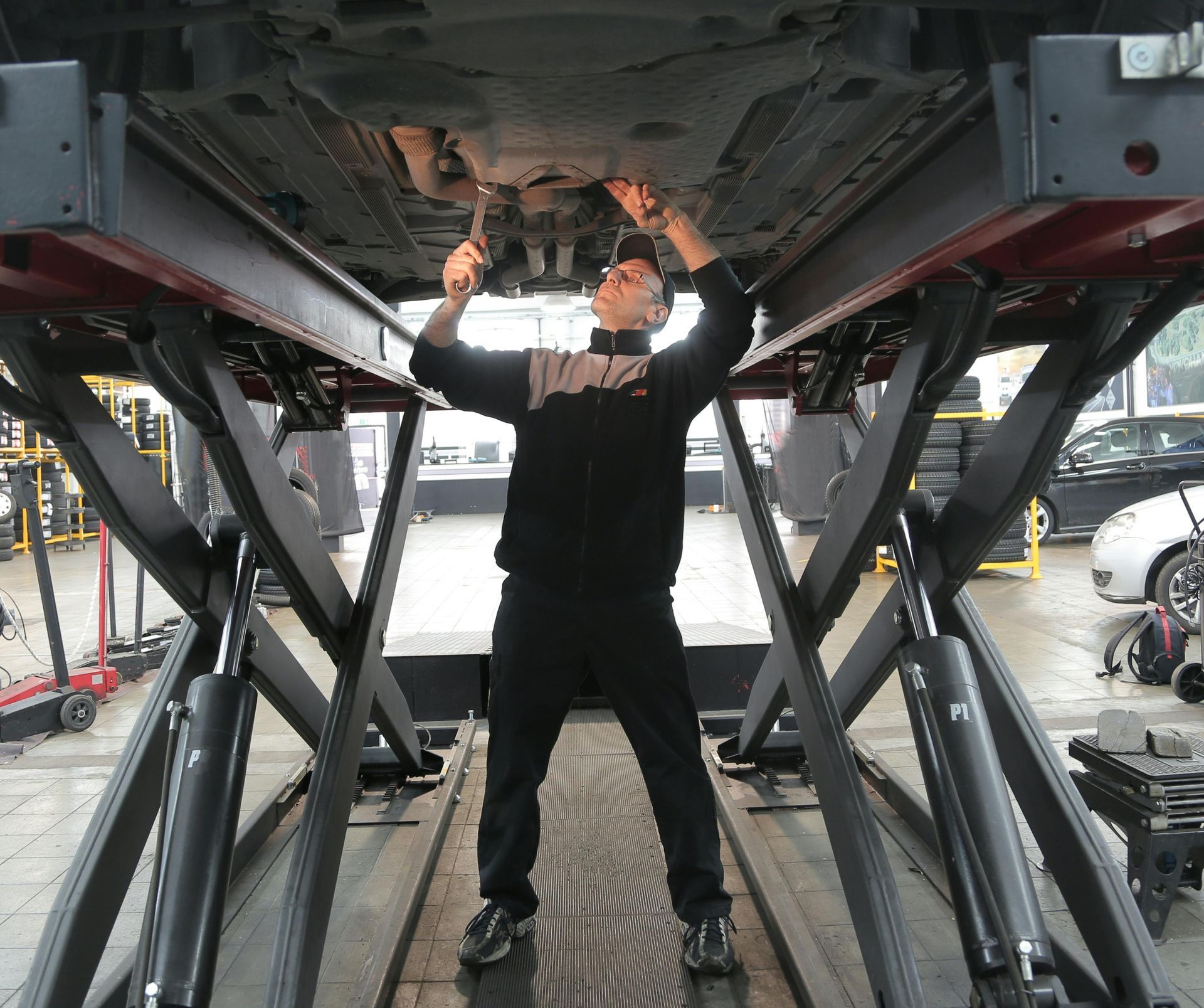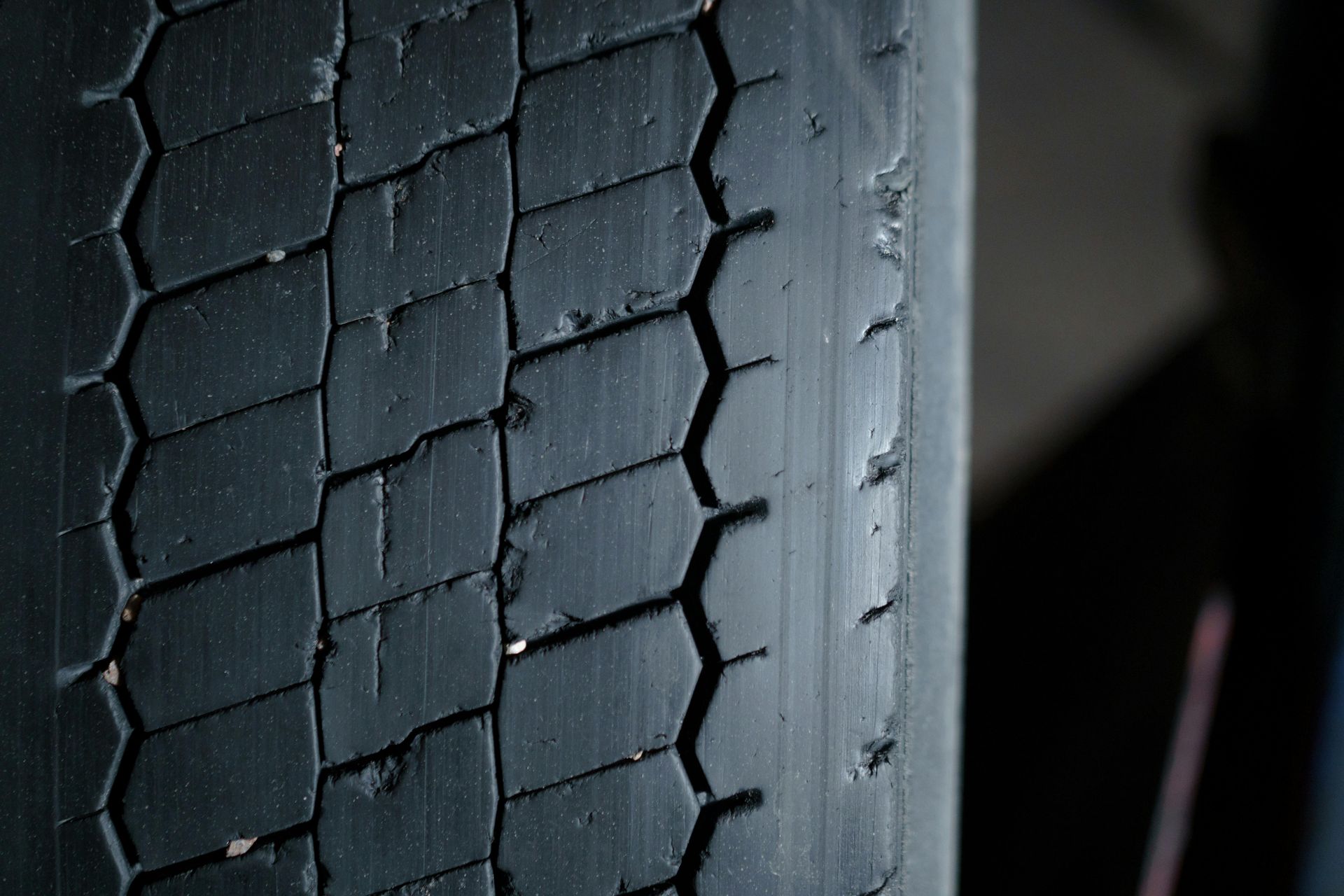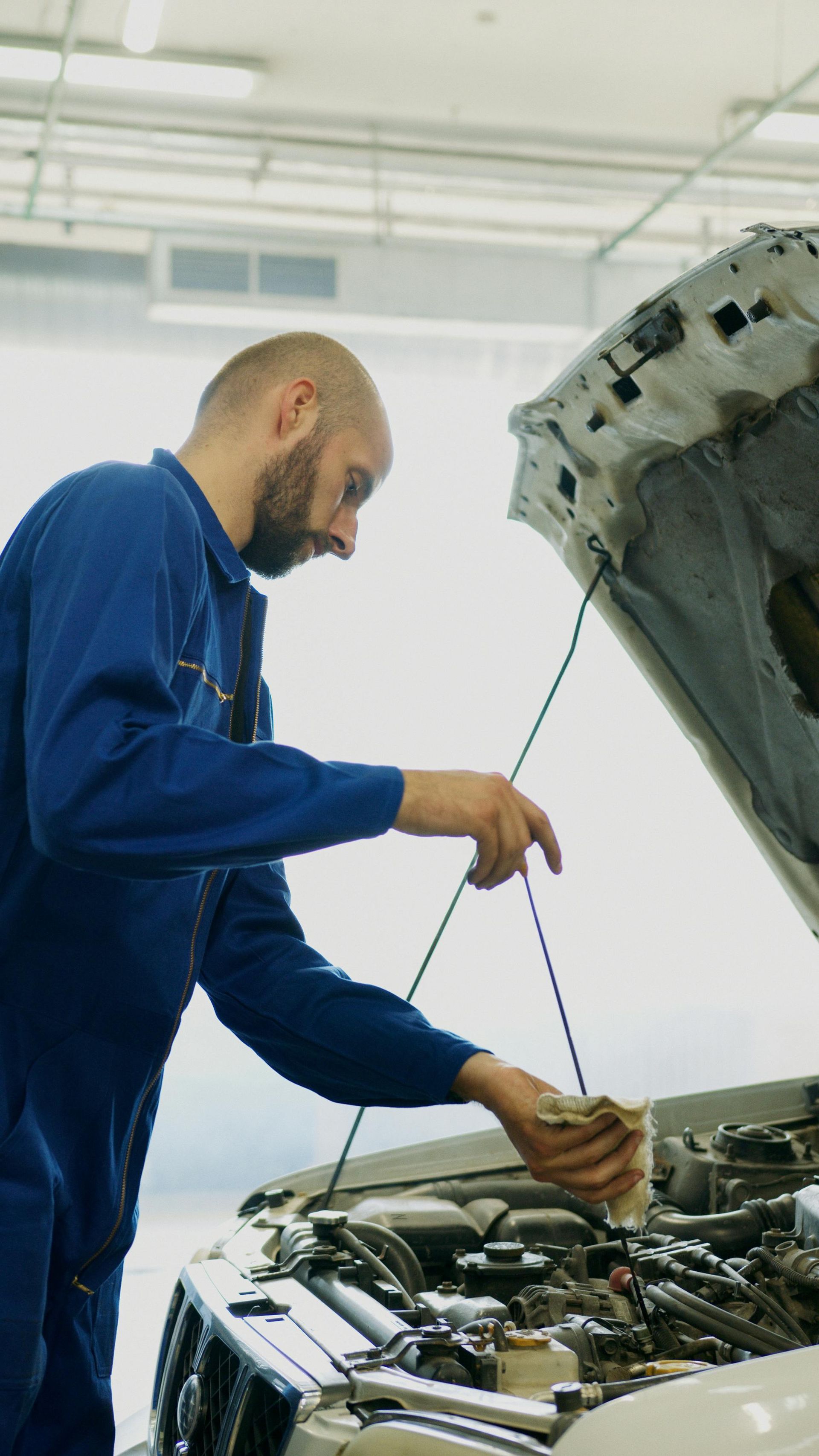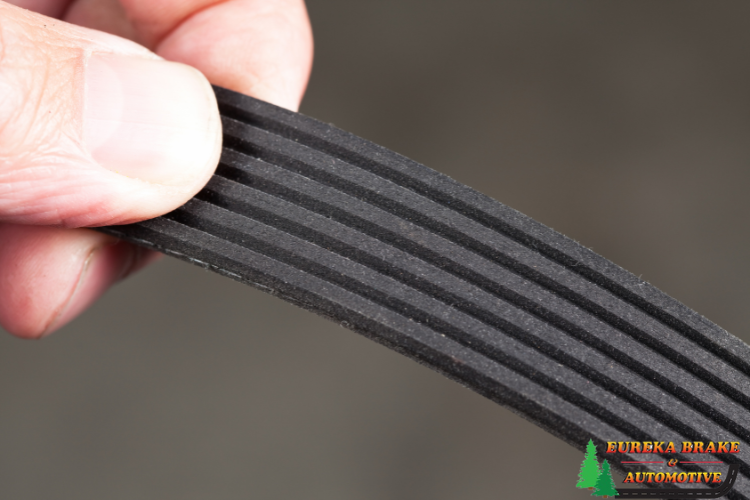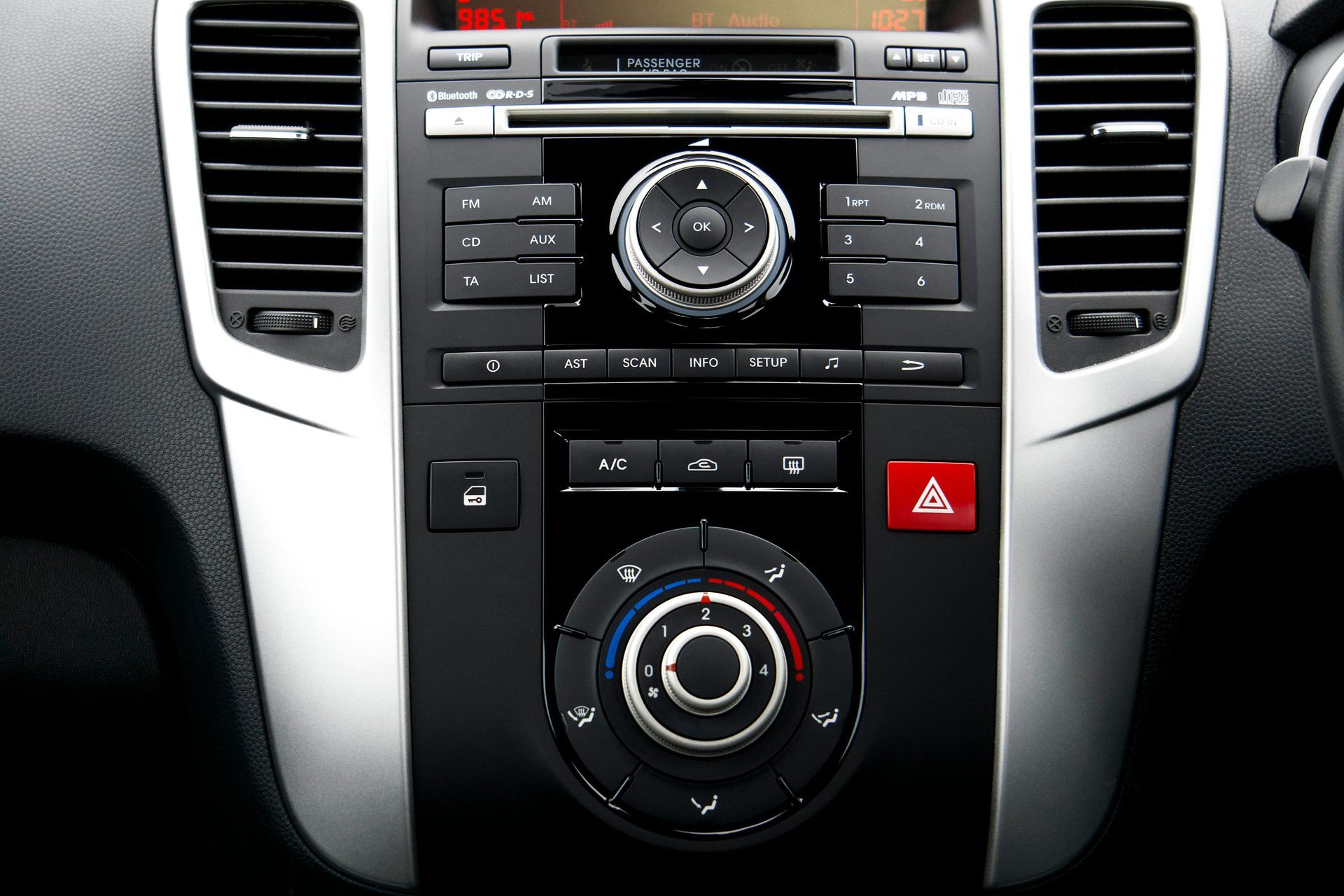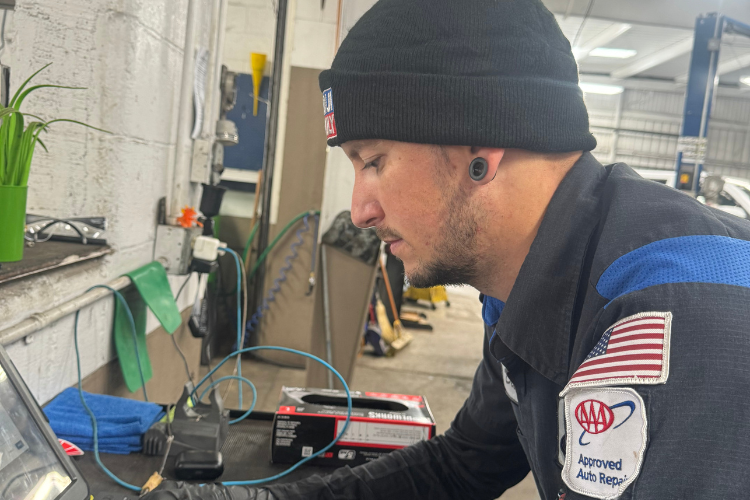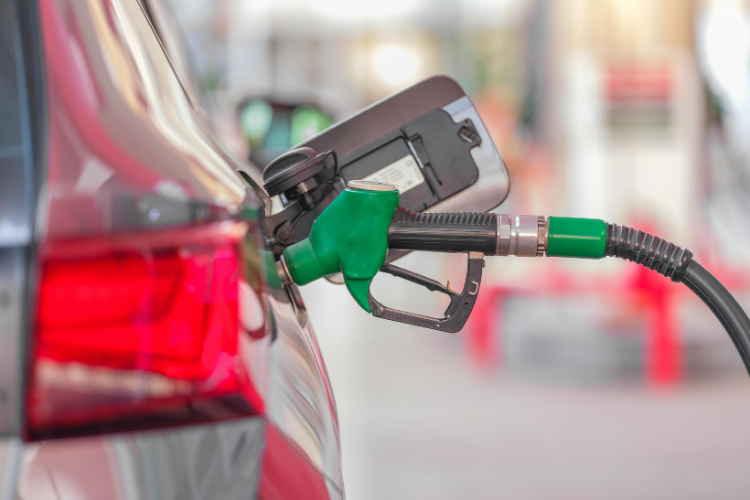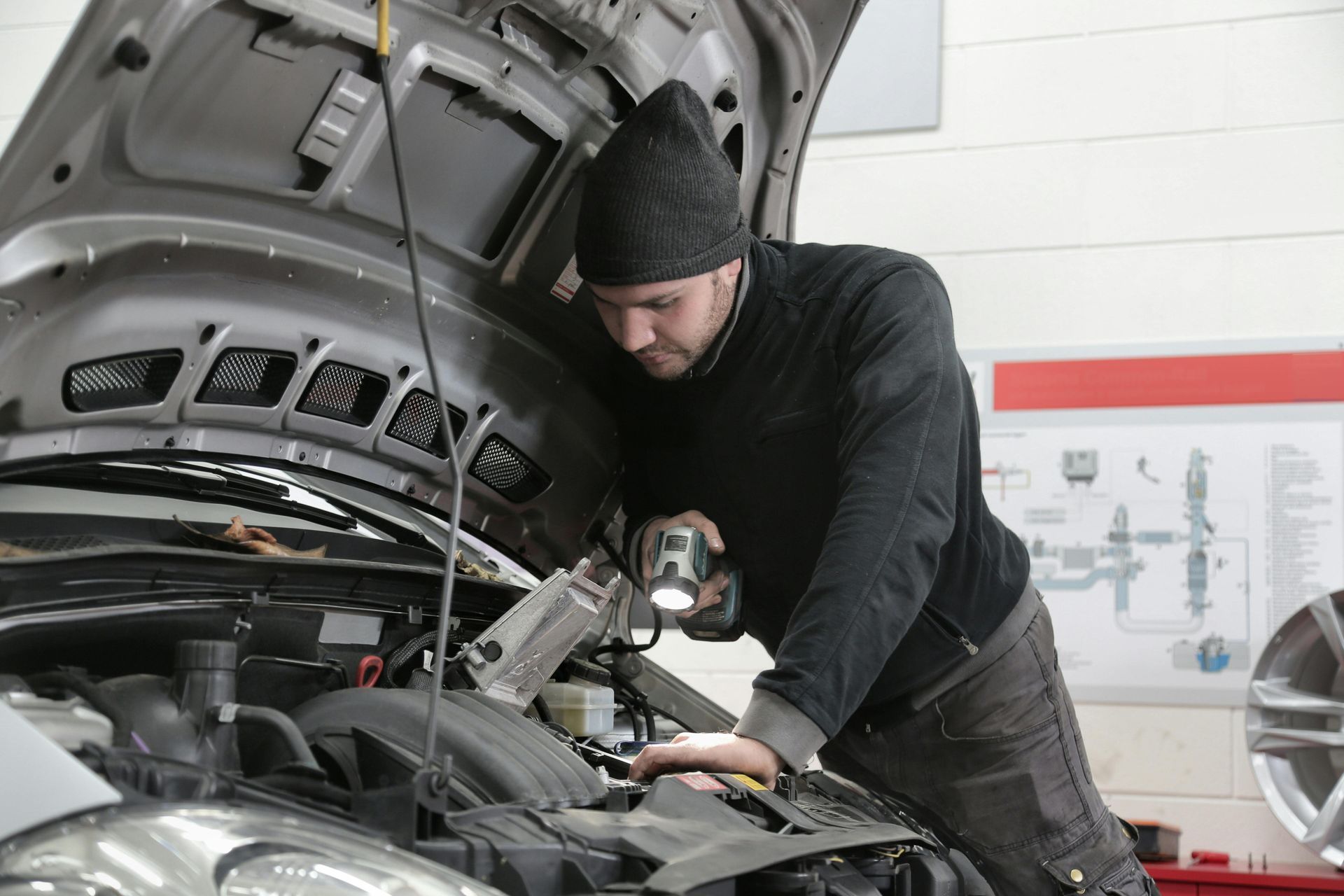Battery Testing to Prevent Fall Breakdowns in California
Fall weather in California brings unique challenges for car batteries, even in Eureka's mild coastal climate. While most drivers think winter is hardest on batteries, the transition from summer heat to cooler fall temperatures often exposes battery weaknesses that developed during months of hot weather. Getting stranded on Highway 101 during a sudden October storm or finding yourself stuck in Trinidad on a foggy morning becomes much more likely if you ignore your battery's warning signs.
How Summer Heat Weakens Your Battery
Summer's high temperatures actually cause more battery failures than cold weather, despite common misconceptions. Heat accelerates the chemical reactions inside your battery, leading to faster water loss, plate corrosion, and internal damage that may not become apparent until temperatures drop.
Summer heat damage includes:
- Electrolyte evaporation that reduces battery capacity
- Accelerated corrosion of internal battery plates
- Warping or buckling of battery case components
- Sulfation buildup that reduces charging ability
Even in Eureka's moderate summer temperatures, road trips to hotter areas like Sacramento or Redding can stress your battery beyond its limits. The damage accumulates over summer months and becomes problematic when fall's cooler mornings demand more from your starting system.
Cold Weather Reduces Battery Performance
As fall arrives in Humboldt County, even modest temperature drops significantly reduce your battery's available power. A battery that seemed fine during warm September days might struggle on a cool October morning when you need to get to work.
How cool weather affects batteries:
- Battery capacity drops 20% at 32°F compared to 80°F
- Cold oil and transmission fluid increase engine load during startup
- Longer warm-up periods drain more power from the battery
- Headlights and heaters draw additional power during shorter days
This reduced capacity becomes critical if your battery was already weakened by summer heat. A battery operating at 80% efficiency in summer might only provide 60% capacity on a cold fall morning – often not enough to start your engine reliably.
Warning Signs Your Battery Is Failing
Car batteries rarely fail without warning, but the signs can be subtle and easy to dismiss until you're left stranded. Learning to recognize these early warning signs helps you address problems before they leave you calling for a tow truck.
Early battery failure symptoms:
- Engine cranks slower than usual, especially on cool mornings
- Dashboard lights dim when starting the engine
- Electrical accessories work poorly when idling
- Battery case appears swollen or cracked
- Corrosion builds up around battery terminals
Pay special attention to starting performance during Eureka's cool fall mornings. If your engine takes longer to turn over or sounds labored during startup, your battery may not have enough power left to handle winter conditions.
The Age Factor in Battery Reliability
Most car batteries last 3-5 years under normal conditions, but California's varied climate can shorten this lifespan. If you can't remember when you last replaced your battery, or if it's approaching the 3-year mark, fall testing becomes essential.
Factors that reduce battery life:
- Extreme temperature exposure during road trips
- Frequent short trips that don't fully recharge the battery
- Leaving lights or accessories on accidentally
- Corroded terminals that prevent proper charging
Keep your battery purchase receipt in your glove box so you know exactly how old it is. Many battery failures happen between years 3-4, right when you might be planning fall road trips or preparing for winter driving.
Simple Battery Inspection You Can Do
While professional testing provides the most accurate battery assessment, you can perform basic inspections that reveal obvious problems. These visual checks take just a few minutes but can prevent unexpected failures.
DIY battery inspection checklist:
- Look for cracks, bulging, or leaking in the battery case
- Check terminals for white, green, or blue corrosion buildup
- Ensure battery cables are tight and free of fraying
- Verify the battery is securely mounted in its tray
Clean any corrosion from terminals using baking soda and water, but avoid getting the mixture inside the battery. Loose or corroded connections can mimic battery failure symptoms and are often easy to fix.
Professional Battery Testing Advantages
While visual inspection helps identify obvious problems, professional battery testing reveals performance issues before they cause failures. Modern battery testers can measure your battery's actual capacity and predict remaining life with remarkable accuracy.
Professional testing benefits:
- Accurate capacity measurement under load conditions
- Charging system evaluation to ensure proper battery maintenance
- Starter draw testing to identify excessive power demands
- Alternator output verification for complete system analysis
This comprehensive approach identifies not just battery problems but also charging system issues that can kill a new battery prematurely.
When to Replace Your Battery
Don't wait for complete battery failure to consider replacement. A battery that tests at 50% capacity might start your car on a warm day but fail completely when temperatures drop or when you're far from help.
Replacement timing indicators:
- Battery tests below 75% of rated capacity
- Age exceeds 4 years regardless of apparent condition
- Previous jump-starts or charging incidents
- Planning extended travel through remote areas
Replacing a marginal battery before it fails completely saves you the inconvenience and expense of roadside assistance, especially important if you frequently drive remote routes around Humboldt County.
Charging System Health Matters Too
A weak alternator or faulty voltage regulator can kill even a new battery quickly. Fall battery preparation should include charging system evaluation to ensure your new battery will be properly maintained.
Charging system warning signs:
- Battery warning light on dashboard
- Dim headlights at idle that brighten when revving
- Electrical accessories that work poorly
- Battery that repeatedly dies despite recent replacement
These symptoms often indicate charging system problems rather than battery failure, but they'll quickly destroy any battery if left unaddressed.
Emergency Preparedness Tips
Even with proper maintenance, batteries can fail unexpectedly. Being prepared for battery emergencies helps you handle problems safely and get back on the road quickly.
Battery emergency kit essentials:
- Quality jumper cables rated for your vehicle
- Portable battery jump starter for remote locations
- Battery terminal cleaner and tools
- Emergency contact numbers for roadside assistance
Keep jumper cables in your trunk year-round, but verify they're adequate for your vehicle's engine size. Undersized cables won't transfer enough power to start larger engines.
Professional Battery Service You Can Trust
Don't let a failing battery strand you on one of Humboldt County's scenic but remote roads this fall. At Eureka Brake & Automotive, our experienced technicians provide comprehensive battery and charging system services to keep you reliably mobile through every season.
Our state-of-the-art battery testing equipment accurately measures your battery's condition and remaining life, while our charging system analysis ensures your new battery will be properly maintained. We stock quality batteries for all makes and models, and our ASE-certified team ensures proper installation every time.
Ready to test your battery before fall weather arrives? Call us at (707) 200-7097 or book your appointment online. Let our professionals ensure your battery has the power to start reliably through fall's cooler mornings and beyond. A few minutes of testing today can save hours of frustration later.
